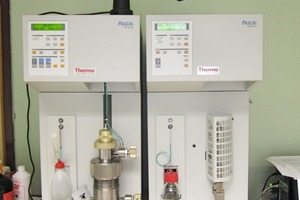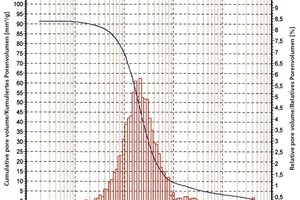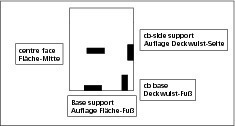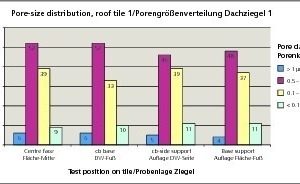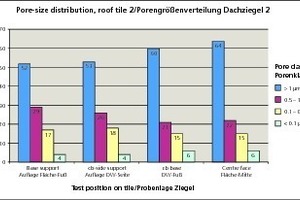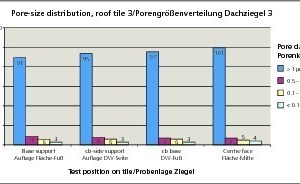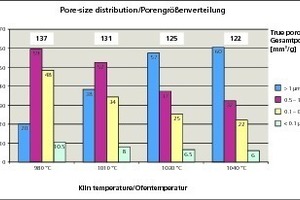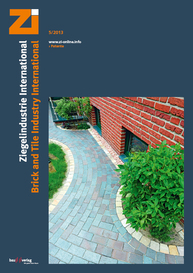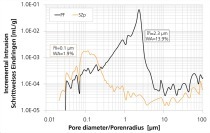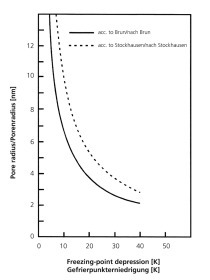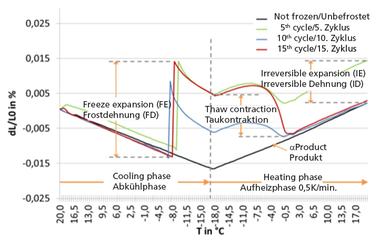Frost resistance of ceramic building materials – factors of influence, standards and new test methods (Part 2)
This contribution provides information on major methods of characterizing the frost resistance of ceramic building materials. Testing is performed according to the standards-compliant, product-specific method of frost simulation in refrigeration units, e.g., in chest freezers. A test method devised at KI Keramik-Institut GmbH allows supplementary quantification of how product modifications and changes in technology affect frost resistance, independent of any defects established via frost simulation. Part 2, presents the test results.
5 Test method pore-size distribution (PSD)
and frost damage
The tests were performed using a high-pressure mercury porosimeter 2000 from Carlo Erba Strumentazione (»2), which enables measurement of micropores between 4 nm...

